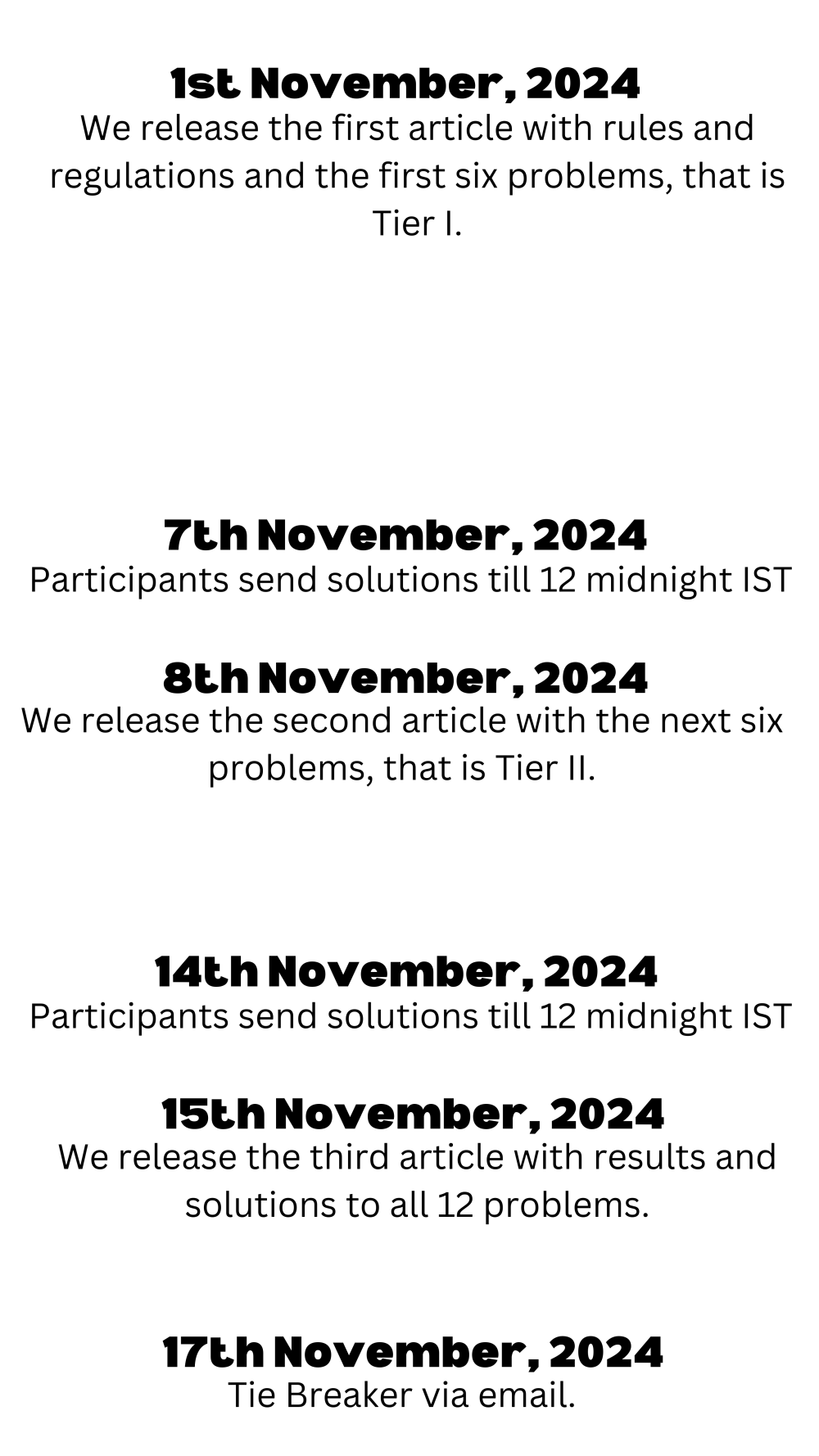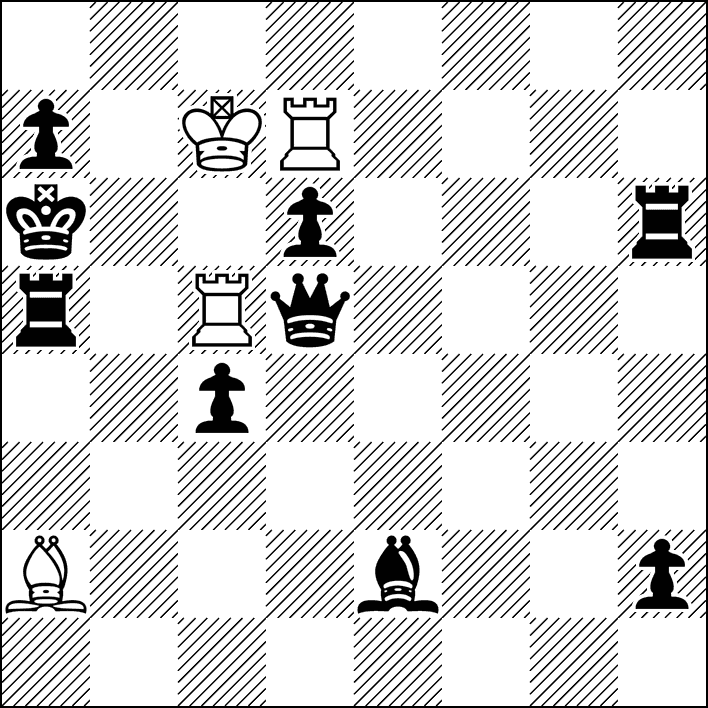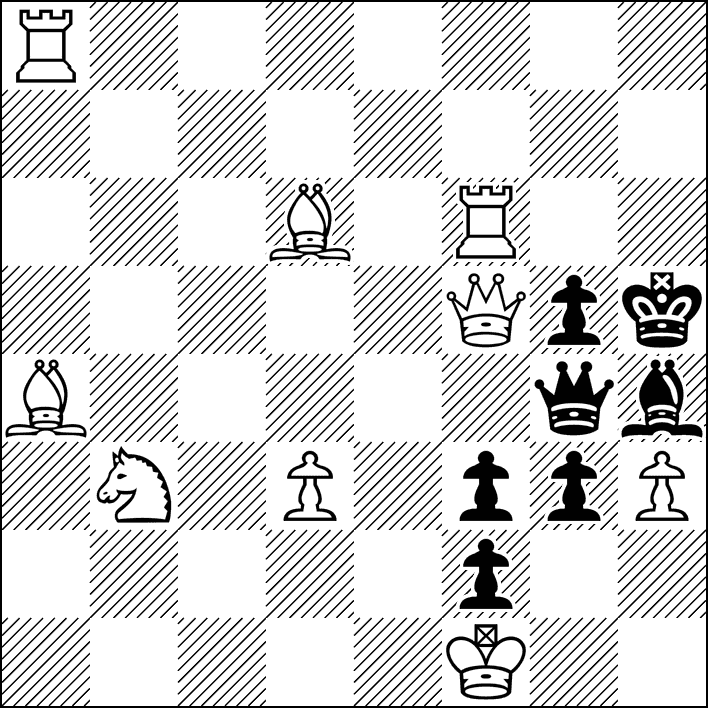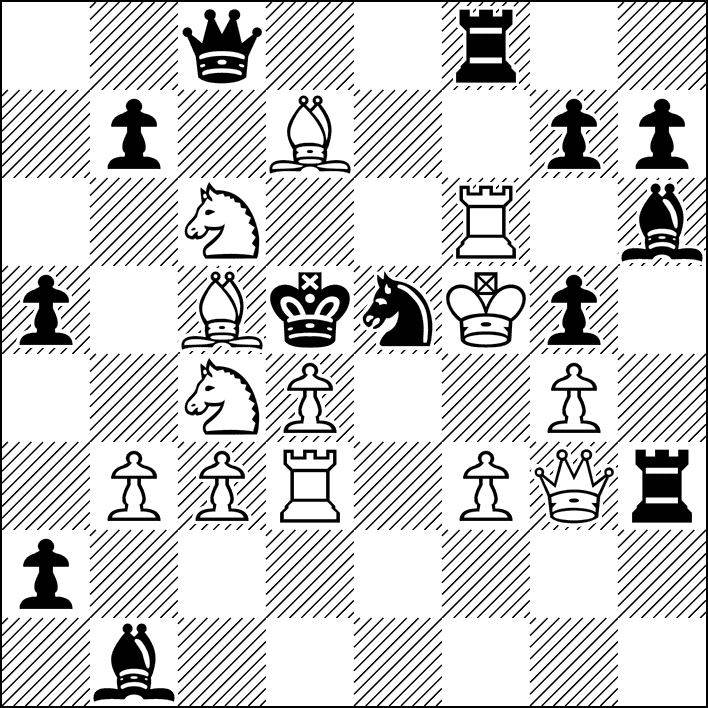3rd ChessBase India Home Solving Championship: Challenge Your Mind, Win up to $100
Does a good logical conundrum tickle your intellectual fancy? Do connecting abstract dots and uncovering subtle paradoxes light you up? Then hear out! Here is a chance to flex those mental muscles, win up to $100, and bask in some well-deserved glory. We present to you the third edition of ChessBase India's Home Solving Contest. Over the next couple weeks, tackle a series of fascinating and unusual chess compositions and prove your mettle against the best minds out there. This article brings you the rules of the competition, entry guidelines, prizes, and last but not the least, the first six puzzles of this puzzle marathon. Keep reading!
The Problem-Solving Showdown Begins!
The last edition of this contest was called ChessBase India Winter Solving Championship. Building on its success, we are excited to present this year's edition with roughly the same engaging format: 12 problems, divided into two tiers. However, drawing from our previous experience, this year we have introduced a clear tiebreak rule to ensure a fair conclusion. To resolve any ties preventing us from identifying the top three winners at the end of the first two tiers, we will conduct a tiebreaker. Top solvers will receive 6 additional problems via email, with a two-hour window to submit their solutions. The winners will be determined based on both speed and accuracy. Here is the timeline that we will strictly follow:

Eligibility:
There is NO eligibility criteria for our contest. Everyone is welcome! Nationalities, age, no bar! However, we urge seasoned solvers (WFCC rating 2000+) to refrain from competing and give newcomers an opportunity to shine. This event focuses on discovering fresh talent!
Registration and Answer Submission:
This time around we are charging a nominal registration fee of Rs. 100 ($2 for foreigners) for participation. Note that, once paid, this amount will not be refunded. Pay via PayPal: chessbaseindia@gmail.com or via UPI: chessbaseindia@okhdfcbank.
We have created this Google form, where you can provide payment proof (screenshot) and type in your answers. For general queries, you may write to chessbaseindiasocial@gmail.com or WhatsApp +918918723798.
Prizes:
The total prize fund for the contest is $200, allocated as follows: $100 for the Champion, $60 for the Runner-up, and $40 for the Second Runner-up. Simple and no fuss!
The Problems
Now that the preliminaries are out of the way, we present to you the first six tasks of the competition. Like last time, these are not solvable with Stockfish or any standard chess engine. There are novel stipulations and conditions involved, so please pay close attention!
Problem 01

White and Black are against each other (as in a standard chess game), with White to play and mate in two moves. However, there's an added twist: here the rules of Madrasi Chess applies!
The Madrasi is a popular fairy condition applied to chess problems and can be defined as follows:
If a piece (excluding king) is attacked by the same type of piece of opposite colour, it becomes paralysed. A paralysed unit loses all its powers — cannot move, capture, or check — but can still paralyse another like unit. The paralysis remains until either of the two paralysed units is captured or another unit interposes between them.
We can observe in the above diagram that the two bishops, the two queens, as well as a pair of rooks (h1 and f1) are currently paralysed; thus, they cannot move until one of the pieces is captured or the line of attack is blocked by another piece. White must mate in only two moves; can you navigate this difficult terrain where so many pieces are unable to move from both sides?
By the way, we recently published an entire article on Madrasi Chess. You may read it before attempting the above; it comprises six examples, ranging from easy to difficult. Next in line are helpmates with the Madrasi condition.
Problem 02

In a helpmate, Black plays first and both sides work together or cooperate to checkmate the black king in the stipulated number of moves. Notice that the rooks on a5 and c5 are paralysed against each other in the position. However, the Black King is stuck on a6, since Kb5 (an illegal move) would interrupt the paralysis between the rooks, thus "un-paralysing" the White Rook on c5 and resulting in a check. Perhaps, the other white pieces would have a role in the checkmate of the bK – that is for you to figure out! Do note that the kings cannot paralyse each other in this position and so, Kb7 also would be an illegal move!
If you are totally new to helpmates, you can find out more about them in our exclusive articles: here, here, and here.
Problem 03

Here, none of the pieces are paralysed in the starting position but two important white pieces are currently pinned! Furthermore, this position contains a twin (another problem apart from the diagram which you have to solve) when you move the white knight from e2 to c3. Your task is to solve both – good luck!
Problem 04

Onto the second section of Tier I where we encounter and tackle selfmates! This time there are no weird constraints and conditions but the stipulation is now different! It is White to play, and you have to try and force Black to checkmate White – yes, Black will indeed not be willing to do so but you must find a way so Black is left with no choice but to mate! In this position, Black’s pieces are all confined in a small region of the kingside, and yet it is still a little muddy as to how White should approach to get the job done – after all, Black has its strongest piece still on the board.
Problem 05

A significantly tougher one than the previous position. There are so many different black pieces present! Although, the black and white kings cannot move anywhere – can you navigate this position to find a way in which Black is forced to mate White after two moves, no matter what black defence?
Problem 06

A relatively longer selfmate with a funny-looking position - White can promote four different pawns! Currently, Bxg7 would be checkmate but Black is not obliged to play it. With no other hints provided, can you solve the final position of Tier I?
How to Write the Answers?
Please submit your answers in the Google form. Ensure your responses are descriptive, covering all moves and variations. Use standard algebraic notation. Evaluations will be based on accuracy, completeness, and clarity of your solutions. And once again, for general queries, you can write to chessbaseindiasocial@gmail.com or WhatsApp +918918723798.
Note: The solutions to the above six problems are to be sent by 7th November 12 midnight, Indian Standard Time.
Some Important Links for Reference:
Wikipedia article on Madrasi Chess












































